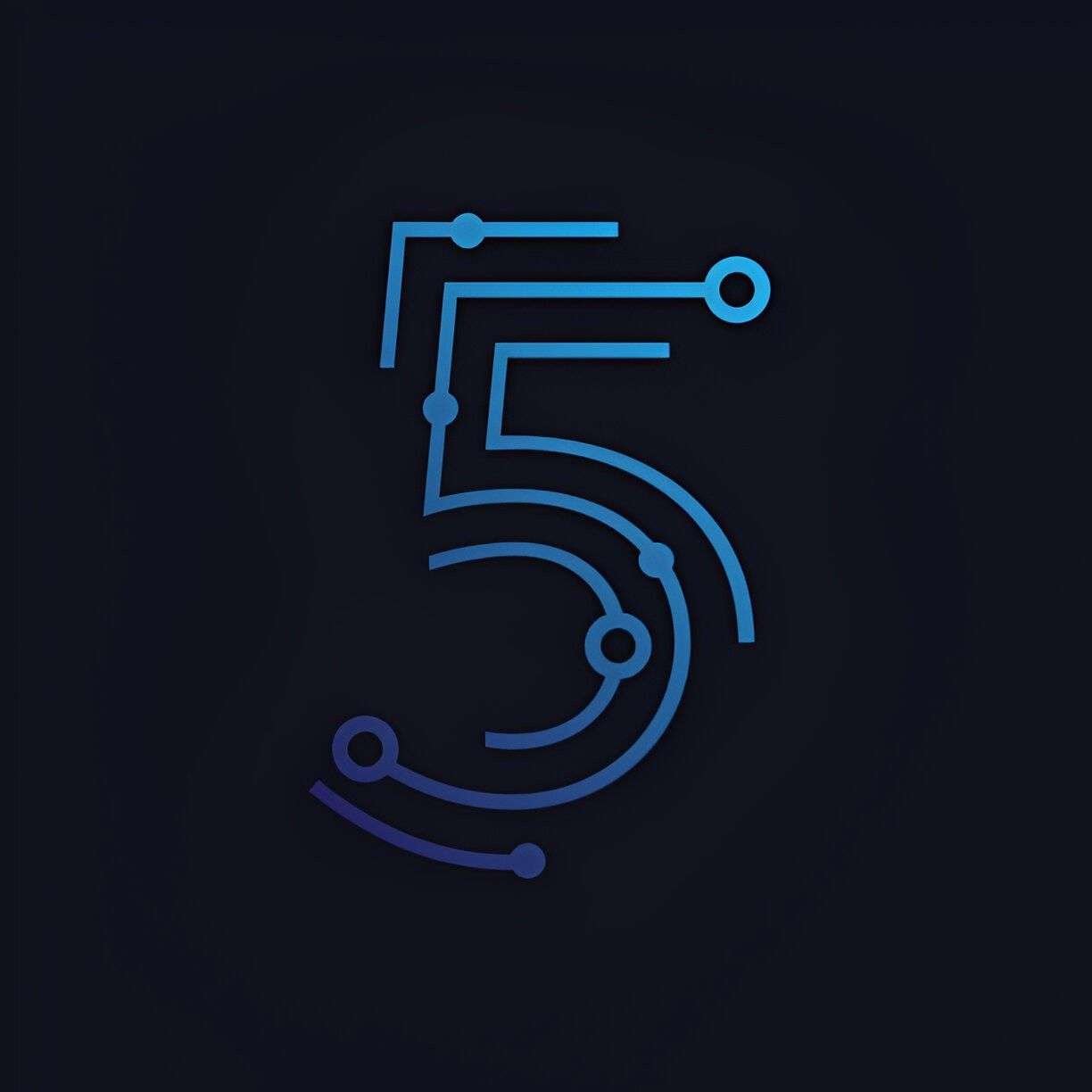As blockchain technology continues to evolve, new platforms are emerging to address the limitations of traditional systems. One such platform that has caught my attention is 5ire blockchain. This next-generation blockchain claims to merge decentralization with sustainability, making it stand out in an increasingly crowded market. In this article, I’ll take you through an in-depth exploration of 5ire blockchain, its features, use cases, and how it compares to other blockchain systems.
Before diving into the technicalities, I want to emphasize that the primary differentiating factor of 5ire is its focus on sustainability. While many blockchains primarily focus on financial transactions, 5ire aims to address global challenges like climate change and resource scarcity by integrating social good into its business model.
Table of Contents
What Is 5ire Blockchain?
5ire is a blockchain platform that takes a novel approach to decentralization and sustainable development. It was developed with a vision to enable businesses and individuals to operate in an eco-friendly and socially responsible manner. The platform is designed to reduce carbon emissions, create transparent supply chains, and foster more sustainable business practices.
At the heart of 5ire is the “5ire Chain,” a public blockchain that utilizes Proof of Purpose (PoP) as its consensus mechanism. Unlike traditional consensus mechanisms like Proof of Work (PoW) and Proof of Stake (PoS), Proof of Purpose allows participants to align their business activities with sustainable development goals (SDGs), creating a more meaningful and purpose-driven economy.
Features of 5ire Blockchain
To understand how 5ire works, let’s break down its key features.
1. Proof of Purpose (PoP) Consensus
Most blockchains rely on Proof of Work or Proof of Stake, which focus on incentivizing participants to mine or stake tokens in exchange for rewards. 5ire, on the other hand, introduces Proof of Purpose. This mechanism requires participants to show that their actions and transactions contribute positively to sustainable development. In simple terms, every transaction on the 5ire blockchain has a purpose tied to one or more SDGs.
This approach encourages businesses to focus on environmental and social impact rather than just profit. By rewarding actions that support sustainability, 5ire helps create a better world while maintaining the core principles of decentralization.
2. Green Blockchain
The environmental impact of blockchain technology is one of the most debated issues today. Many blockchain platforms, particularly those using Proof of Work (PoW), consume massive amounts of energy. 5ire addresses this concern by optimizing energy consumption. By reducing the carbon footprint of transactions, 5ire aims to be a green alternative to traditional blockchains.
This is achieved through the unique consensus mechanism and by ensuring that 5ire’s validators and participants commit to sustainable energy sources. The platform also actively tracks the carbon offset of transactions, ensuring that the overall environmental impact is minimized.
3. Social Impact and SDGs
5ire blockchain integrates the UN’s Sustainable Development Goals (SDGs) into its core framework. It aligns transactions with SDG objectives such as clean water, affordable clean energy, responsible consumption, and climate action. Each time a participant interacts with the blockchain, they contribute to one or more of these global goals.
The integration of SDGs ensures that businesses and individuals who use the blockchain are held accountable for their contributions to global challenges. For example, a company focused on renewable energy could use 5ire to prove that their operations align with clean energy goals.
4. Transparency and Security
Like any other blockchain, 5ire offers full transparency and security. Transactions are recorded in an immutable ledger, which ensures that data is not altered or tampered with. This level of transparency is particularly valuable in industries that require accountability, such as supply chains and financial transactions.
5. Interoperability
In the world of blockchain, interoperability is crucial for ensuring that different networks can communicate with each other. 5ire blockchain supports interoperability with other blockchains, enabling seamless transfer of assets and data across various platforms. This makes it an attractive choice for businesses and developers looking to build applications that work across different networks.
Use Cases of 5ire Blockchain
Now that we’ve looked at the key features of 5ire, let’s discuss some potential use cases. These use cases showcase how 5ire can be leveraged to drive sustainability and create tangible social impact.
1. Supply Chain Transparency
One of the most practical applications of 5ire blockchain is in the area of supply chain management. By utilizing the transparent and immutable ledger of 5ire, businesses can track their supply chains in real time. This allows for greater accountability, ensuring that suppliers adhere to sustainable practices and fair labor standards.
For instance, a company sourcing raw materials for its products could use 5ire to confirm that their suppliers are adhering to ethical sourcing practices and minimizing their environmental impact. This transparency can help build trust with consumers who are increasingly concerned about the sustainability of the products they buy.
2. Renewable Energy Projects
5ire blockchain can also be used to support renewable energy projects. By aligning with SDGs, 5ire helps renewable energy providers demonstrate the social impact of their projects. Through tokenization, energy credits or renewable energy certificates (RECs) can be traded on the blockchain, ensuring a transparent and efficient market.
Additionally, energy consumption and carbon offset data can be recorded on the blockchain, providing an immutable record of a company’s environmental efforts. This is particularly beneficial for businesses looking to gain recognition for their sustainability initiatives.
3. Carbon Offset Marketplaces
5ire is well-suited for supporting carbon offset markets. As more companies look to reduce their carbon footprints, a transparent and decentralized marketplace for carbon credits can be invaluable. By leveraging 5ire’s blockchain, participants can buy, sell, and trade carbon credits with confidence, knowing that the transactions are secure and that the credits represent actual, verifiable environmental impact.
The platform’s PoP consensus mechanism ensures that only legitimate actions contributing to SDGs are rewarded, making the carbon offset market more trustworthy.
4. Social Impact Tracking
5ire’s integration with SDGs opens up the possibility of tracking social impact in real time. Non-profits, governments, and corporations can use the blockchain to record their activities, ensuring that their efforts are measurable and transparent. This is particularly important for organizations that rely on public trust and donations.
For example, a charity organization focused on clean water initiatives can use the blockchain to track how funds are being allocated and ensure that resources are being used effectively. The transparency provided by the blockchain allows donors to see the direct impact of their contributions.
How Does 5ire Compare to Other Blockchains?
Now that we understand what 5ire blockchain is and how it works, it’s helpful to compare it with other popular blockchain platforms. Below is a table outlining some key differences between 5ire and other widely used blockchains like Ethereum and Bitcoin.
| Feature | 5ire Blockchain | Ethereum | Bitcoin |
|---|---|---|---|
| Consensus Mechanism | Proof of Purpose (PoP) | Proof of Stake (PoS) / Proof of Work (PoW) | Proof of Work (PoW) |
| Focus | Sustainability & SDGs | Smart Contracts & Decentralized Apps | Peer-to-Peer Transactions |
| Energy Consumption | Low (Green Blockchain) | Medium (Depends on PoS/PoW) | High (PoW Mining) |
| Transaction Speed | Fast | Medium | Slow |
| Transparency | High (Immutable Ledger) | High | High |
| Interoperability | High (Supports Cross-Chain Transactions) | Medium | Low |
| Social Impact | Integrated with SDGs | Can be implemented via dApps | No Direct Social Impact |
As seen in the table, 5ire distinguishes itself with its focus on sustainability and social impact, making it a unique player in the blockchain space. While Ethereum and Bitcoin are primarily focused on decentralized applications and peer-to-peer transactions, 5ire offers a broader societal purpose by integrating SDGs into its operations.
Future of 5ire Blockchain
As the world continues to prioritize sustainability, I believe that 5ire has the potential to become a game-changer in the blockchain industry. The platform’s focus on aligning business goals with global development objectives is not only a powerful marketing tool but a necessity for the future of corporate responsibility. As more businesses seek to demonstrate their commitment to the environment and social causes, blockchain platforms like 5ire could become central to these efforts.
In conclusion, the 5ire blockchain presents an exciting opportunity to create a more sustainable and socially responsible world. Through its unique Proof of Purpose consensus, green energy initiatives, and integration with SDGs, 5ire sets itself apart from other blockchain platforms. As the ecosystem grows, I expect 5ire to play a pivotal role in shaping the future of sustainable blockchain technology.




